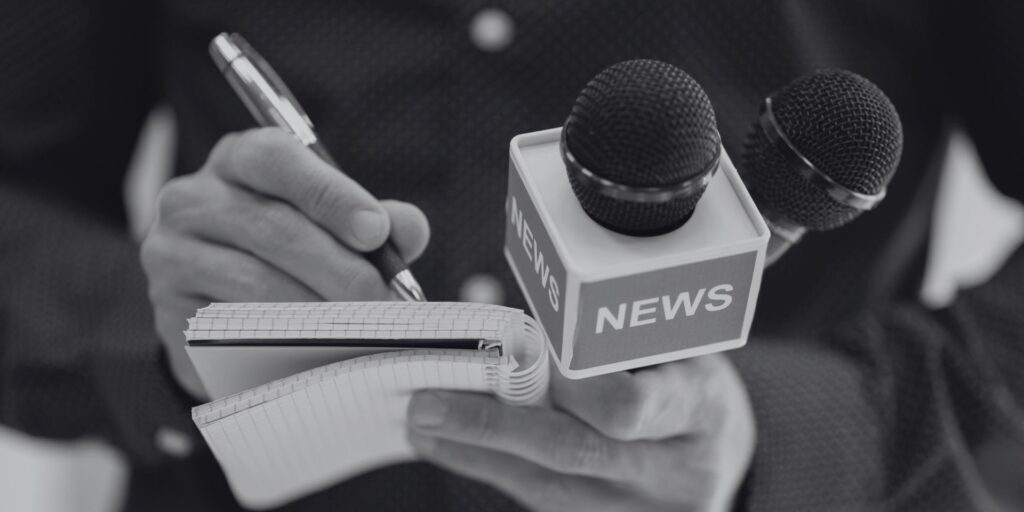Move from event to impact to engage readers
Screenwriter Nora Ephron long remembered the first day of her high school journalism class.

Ephron’s teacher announced the first assignment: to write the lead for a story to appear in the student newspaper. He told them the facts:
Ephron and the other budding journalists condensed the who, what, when, where and why of the story into a single sentence:
“Governor Pat Brown, Margaret Mead, and Robert Maynard Hutchins will address the Beverly Hills High School faculty Thursday in Sacramento …”
The teacher reviewed the leads, then paused for a moment.
“The lead for this story,” he said, “is ‘There will be no school next Thursday.’”
Not ‘just the facts, ma’am’
What’s the point of your news story? It’s probably not really the five W’s and the H. Instead of focusing on the event, focus in the impact, or how the news affects your readers.
Covering a:
- Speech? Write about the most valuable thing the speaker said, not the fact that she spoke.
- Event? Focus on what people will be able to see and do at the event, not the time, date and place.
- Meeting? Center the piece on what was decided at the meeting and how it will affect the reader, not on the logistics of the meeting itself.
What would Miss Piggy do?
To reach readers, think like Miss Piggy and write about MOI, counsels management consultant Alan Weiss. That’s “My Own Interests,” from the reader’s perspective.
One way to do that is to shift your focus from event — what occurred, when, where and why — to impact. That will make your copy more interesting, relevant and valuable to your readers.
___
Sources: Chip Heath and Dan Heath, Made to Stick: Why Some Ideas Survive and Others Die, Random House, 2007, pages 75-76.
Lorraine Glennon and Mary Mohler, Those Who Can…Teach! Celebrating Teachers Who Make a Difference, Wildcat Canyon Press, 1999, 95-96




